Use of Trichoderma
Adding Trichoderma fungi to the soil of seedlings in polybags can have a number of beneficial effects on the growing roots of coffee plants, building resilience of the plant to drought and other climatic stresses. Supporting good root structure in seedlings is increasingly relevant as replanting of new varieties becomes more common.
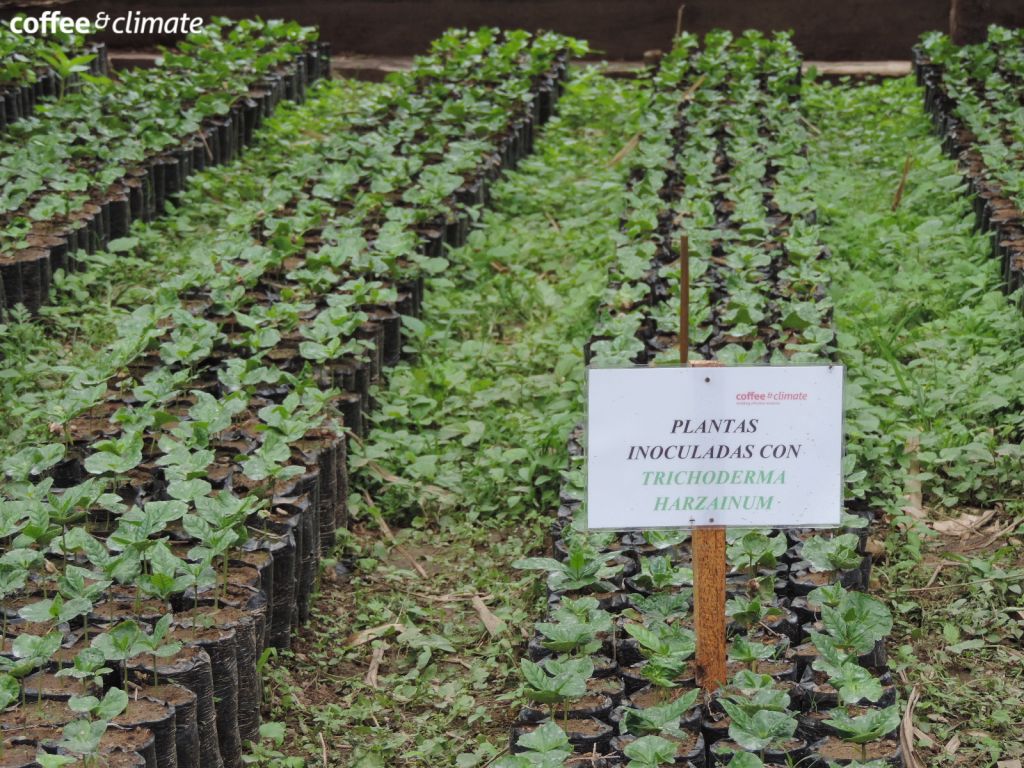
Concept
Adding Trichoderma to polybags can improve young plants’ resilience to drought. Replanting coffee may become increasingly frequent as new varieties appear and farmers try to maintain plots at peak performance. At the same time, transitioning from the nursery to the field may become more challenging if planting out coincides with extreme weather events. Good root structure gives the coffee seedling the best chance of quick and strong growth. Depending on the strain, Trichoderma may have some or all of the following advantages:
- Improves growth and productivity of plants and protect them from environmental hazards like intense sunlight and extreme temperatures (similar to mycorrhizae).
- Stimulates the defense mechanisms of the plant against certain pathogens.
- Facilitates solubilization and absorption of nutrients by plants.
- Breaks down soil pollutants and insecticide residues and accelerates the rotting down of dead plant matter.
Drawbacks
- Need the right strain. Not always easy to find and maintain the right strain to protect against a specific disease problem. Availability of Trichoderma fungi will be very limited in most field situations and may not be compatible with the pest or disease to be controlled.
- Need patience. Use in the field requires more care than a corresponding chemical application, and takes time to show an effect in the field. Trichoderma may act too slowly for farmers’ expectations.
- Quality: some suppliers can be less than scrupulous about the quality of the product they sell.
- Complexity: soil is variable, complex and poorly understood – an active application may fail for unknown reasons.
Trichoderma may not work well if general soil condition is poor – i.e. low organic matter and high temperatures, hence it is advisable to use them in conjunction with other adaptation tools, such as mulching and biochar as part of a comprehensive soil rehabilitation effort.
Costs
Seedlings – 1000 plants germinate per 1 square meter. The dosage used = 28 grams. One package of Trichoderma weighted 240 grams costs USD 20. By square meter: USD 2.4 By plant: USD 0.002 Labour: To apply in 1 square meter = 1 hour.
Nursery – 10 grams of Trichoderma per litre with a dosage of 40 ml/plant. By Plant: USD 0.03 Labour: To apply for 500 plants = 0.5 hour.
Recommended Acitivities
- Select a Trichoderma strain. Trichoderma may be very restricted, so start out by learning about what is available in your context and trying it out.
- Set up small-scale trials with coffee seedlings with and without the manufacturer’s recommended dose of Trichoderma.
- Evaluate growth performance compared with control plants and at intervals by destructive sampling — meaning washing and measuring the length, width and weight of roots of 3- to 6-month old seedlings — to view root growth.
Further Activities
- Applicable everywhere.
- Mostly difficult to predict effectiveness.
- Has shown to be effective experimentally against the root pathogen Ceratocystis fimbriata in Colombia.
- Have something to add to this tool description? Leave a comment!
- Interested in applying this tool? Look for pictures, case studies and info sheets below for step-by-step instructions to get you started.
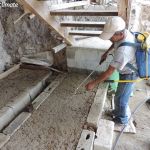
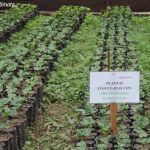
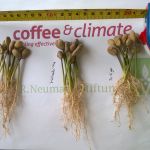
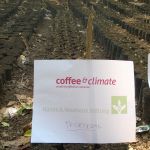
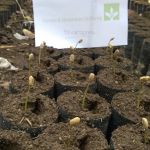
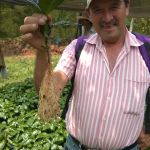
Leave a comment
0 comments